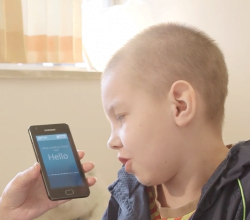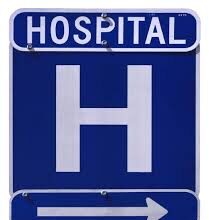EXCLUSIVE POST – Sunday afternoon in San Francisco this week, the place to be was at the Health 2.0 pre-conference, which came in four flavors: Health Law 2.0, Patients 2.0, Employers 2.0 and EXCLUSIVE POST – Sunday afternoon in San Francisco this week, the place to be was at the Health 2.0 pre-conference, which came in four flavors: Health Law 2.0, Patients 2.0, Employers 2.0 and Doctors 2.0.
I was happy to meet many friends, colleagues and clients from around the country – some of whom I met today in person for the first time, though we may have known each other for years. (I tell my kids that they may “friend” online only someone they know in real life . . . “But, Daaad . . . .”)
So, what is Health 2.0? There are many answers to that question, but the answer given by Matthew Holt, co-organizer of the conference, is:
Health 2.0 is a just a term that groups together the healthcare use of Web 2.0, which is in itself just a term for easy (& cheap!) to create and easy to use software that encompasses search, wikis, blogs, video, online communities, mash-ups and all the other stuff that O’Reilly has been talking about for a few years. There’s no magic in it; it’s just a description of recognizable technologies that are an advance on the first generation of web tools.
I moderated a panel at Health Law 2.0 on Legal Concerns with Provider and Product Ratings, Rankings and Reviews, where we discussed everything from anti-SLAPP lawsuits to HIPAA. What I liked about the variety of the panel discussions today was that it represents a maturing of the Health 2.0 movement, taking it beyond the technological innovation that can be used for health care, and melding it with other streams of endeavor, like the development of a patient-centered health care system for which patient engagement is a core element. The tech and social tools that will be the most successful are those that facilitate patient engagement and patient-centeredness, rather than being ends in themselves.
Woven through the day’s events was another installment – or perhaps I should say installation – of The Walking Gallery, a wonderful high-concept social blend of health advocacy, data liberation and art. Regina Holliday, artist and health advocate, is the driving force behind this phenomenon. Be sure to read about her story of personal loss and her unique brand of activism. I was honored to participate myself – see Jacket No. 89.
Todd Park, the HHS CTO, is a vigorous champion of data liberation. He has moved the government to open its vast repositories of data (e.g. Medicare claims data) to sharing with the public to solve health care problems. Data liberation is one of the watchwords of the participatory medicine movement, and is a goal that will be reached more easily through the proliferation of online tools that will facilitate health information exchange. While we would hope that, in the future, this would be a core functionality of interoperable EHRs, It seems we just aren’t there yet. Meanwhile, however, there are Health 2.0 companies ready to bridge the gap, and ensure that data from whatever source regarding an individual patient will be available to her clinicians. But not all data that may be of importance in the effort to solve the nation’s health challenges are patient data. For an insight that turns the tables on this paradigm, see the brief video interview of a conference-goer posted here, highlighting the power of organizing and liberating the data that may otherwise be locked in the minds of clinicians. (Here are more short video interviews of Health 2.0 attendees.)
The conference continues Monday and Tuesday, with about 1500 folks expected to be in attendance.








